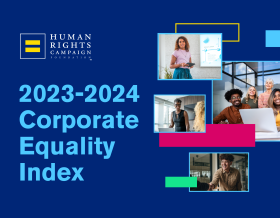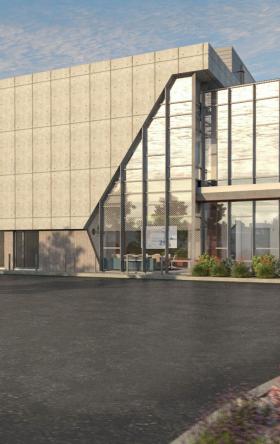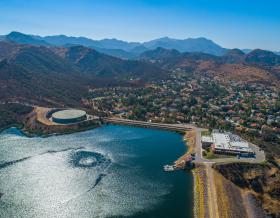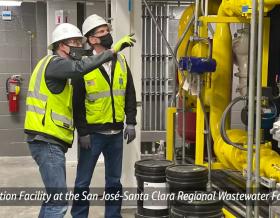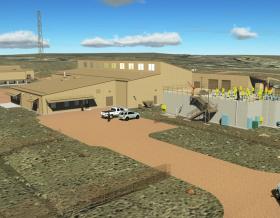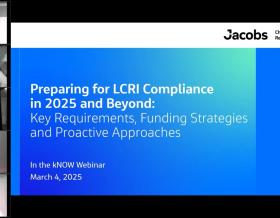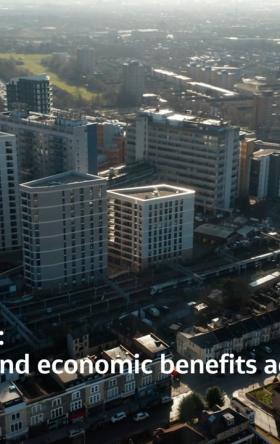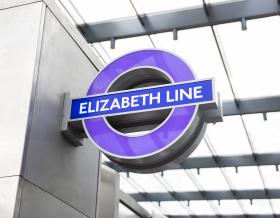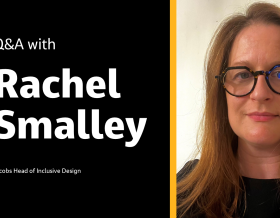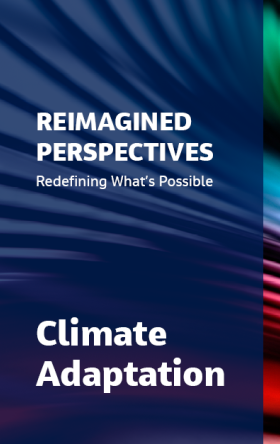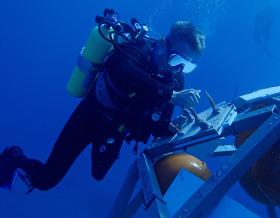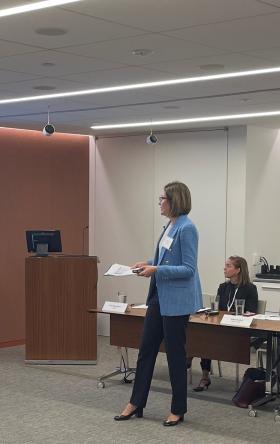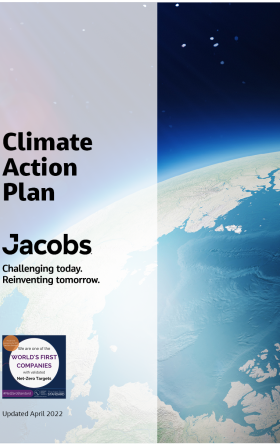Navigating the Planning Changes for Renewable Energy Projects in Queensland
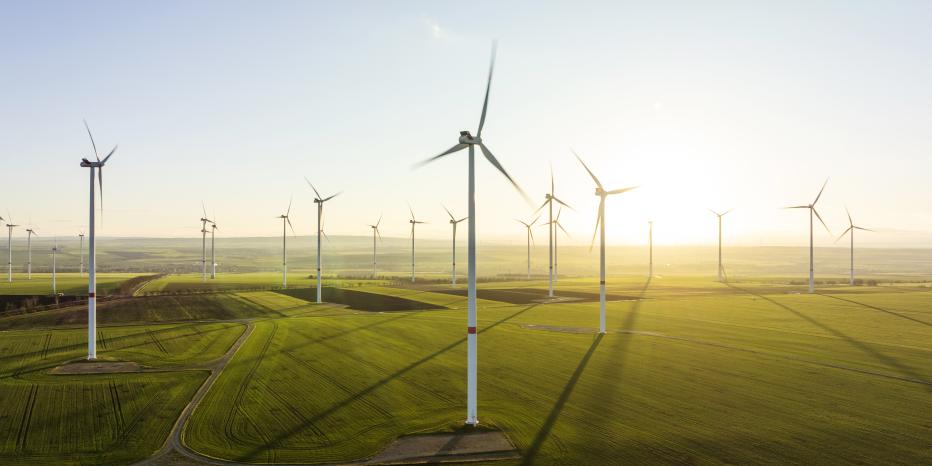
Queensland’s renewable energy sector is undergoing major planning reforms. New legislation now requires Social Impact Assessments, Community Benefit Agreements and public notification for large-scale solar and wind projects. Discover what the changes mean for your next project. Continue reading or download the PDF below.
The Queensland Government has undertaken a comprehensive review and reform process to enhance community benefit and engagement for renewable projects. This includes introducing:
- A mandatory Code of Conduct for renewable energy developers currently being co-designed with key stakeholders
- New legislation requiring mandatory social impact assessments and community benefit agreements for renewable energy projects
- Requirements for large-scale solar farm developments, similar to windfarm developments, to complete an impact assessment, meaning development applications for renewable energy projects must be publicly notified and will be potentially subject to third party appeal.
Initial consultation on the framework in early 2025 and proposed legislative amendments attracted significant comment. Key findings include:
- Communities want greater involvement and more accessible information about proposed renewable energy projects
- Communities expect greater transparency
- Stronger environmental and social protections are needed
- A desire for consistent standards for all developers to foster higher standards for engagement with First Nations groups, landholders and local communities.
New requirements for renewable energy projects in Queensland
The Queensland Government has introduced new planning legislation, the Planning (Social Impact and Community Benefit) and Other Legislation Amendment Act 2025 (PSICBOLA Act). The legislative changes commenced on 18 July 2025, and significantly alter how windfarms and large- scale solar farms (>1MW) will be assessed and managed.
Social impact assessment and community benefits agreement
Developers of large-scale solar farms (>1MW) or windfarms must undertake a Social Impact Assessment (SIA) and enter into a Community Benefits Agreement (CBA) with local government before lodging a development application with the Queensland Government.
Public notification requirements
Large-scale solar farms and all windfarms will be ‘impact assessable’ and subject to public notification, giving rise to third party submission and appeal rights. All renewable energy projects will be required to follow public notification requirements applicable for renewable energy projects.
Assessment responsibilities
Large-scale solar farms will be assessed by the Queensland Government through the State Assessment and Referral Agency (SARA) rather than local government, against the new State Code 26: Solar Farm Development. The code includes new requirements relating to the protection of agricultural land, workforce accommodation, infrastructure, community impact and decommissioning.
Windfarms will continue to be assessed by SARA against State Code 23: Windfarm Development. However, State Code 23 has been amended to include new or strengthened requirements related to the protection of agricultural land, workforce accommodation, infrastructure, community impact and decommissioning.
The changes apply to existing development applications for all large-scale solar farm or windfarm that were not decided as of 18 July 2025. As a result, these undecided development applications must be remade to the Queensland Government and are subject to the new community benefit system.
The driving force for change
The changes establish a consistent assessment process for solar farms and align the assessment process for large-scale solar farms with the process for windfarms.
The changes respond to an increasing community desire for greater understanding of the real impacts of large-scale renewable projects being established in their backyards and expectation of a consistent level of benefit and participation in projects. Community members are looking for genuine and transparent input into the planning, approvals, construction, operation and decommissioning phases of projects.
How the changes impact project developers
Managing increased complexity and risk during the transition
Under the new approach, SIAs must follow the Social Impact Assessment Guideline, March 2018 originally intended for resource projects.
Impacted local governments must review and assess SIAs so that they are meaningful and meet the guidelines, and enter into a CBA before a development application can be made to the Queensland Government for assessment.
This requirement brings forward the need for a range of technical studies (such as environment, traffic, noise, visual amenity, social impact) in the project planning stage. This means a greater investment of effort, time and budget early on. Previously an SIA may have been lodged at a later stage of a project, rather than in the first submission. The SIA will continue to be informed by engagement with stakeholders and community throughout the project lifecycle.
Under the new approach, a CBA will require extensive engagement, negotiation and inputs from specialists. These specialists can actively listen to the community and stakeholders and translate their needs, concerns and aspirations into a tangible plan, accepted by all parties, to submit as part of a development application to the Queensland Government.
Remaking existing undecided development applications
Any development application or change application (other than a minor change) for a windfarm or solar farm that has not been decided by 18 July 2025 will need to be remade (with an SIA and CBA in place).
Extending and tailoring community and stakeholder engagement
At a time when government policies are shifting and communities are more informed than ever before, careful and tailored communication and engagement is critical to the success of renewable energy projects.
Community engagement, SIA and CBA will need to be tailored, reflecting local community priorities during all phases of a project. This may include both short- and long-term activities to generate positive community benefit, such as:
- Funding local programs or projects
- Investing in community infrastructure or services
- Upskilling community members
- Supporting First Nations initiatives
- Providing opportunities for local community to participate in the workforce
- Identifying clear targets for local spend and investment
- Adding value to the community through sustainability initiatives
- Partnering with local businesses.
Engagement needs to be ongoing, genuine and transparent.
Next steps for your project
The Queensland Government’s new planning, development, social and community benefit requirements send a clear message that the goalposts have shifted for the assessment and approval of renewable energy projects in Queensland. Developers need to invest in identifying, understanding and gaining meaningful and ongoing community support for proposed projects.
To better navigate the new planning requirements and ensure projects are successful and compliant with the latest regulations you need to consider:
1. Social Impact Assessments (SIA) and Community Benefits Agreements (CBA)
Developers of large-scale solar farms (>1MW) or windfarms must now undertake a SIA and enter into a CBA with local government before lodging a development application with the Queensland Government. This involves engaging early with local government and community stakeholders to understand their concerns and expectations.
2. Public notification and third-party appeal rights
The development of large-scale solar farms and all windfarms will now be 'impact assessable' and subject to public notification, giving rise to third-party submission and appeal rights. Developers should prepare clear and transparent documentation for public notification and engage with the community to address concerns, gather support and minimize submissions.
3. Consistent standards and enhanced community engagement
The changes establish a consistent assessment process for solar farms and align the assessment process for large-scale solar farms with the process for windfarms. Developers should ensure compliance with the new standards and enhance community engagement efforts to build trust and support.
4. Technical studies and early investment
The new requirements bring forward the need for a range of technical studies (such as environment, traffic, noise, visual amenity, social impact) in the project planning stage. This means a greater investment of effort, time and budget early on. Developers need to conduct thorough technical studies to support the SIA.
5. Tailored community and stakeholder engagement
Community engagement, SIA and CBA need to be tailored to reflect local community priorities during all project phases. This may include funding local programs or projects, investing in community infrastructure or services, upskilling community members, supporting First Nations initiatives, providing opportunities for local community participation in the workforce, identifying clear targets for local spend and investment, adding value to the community through sustainability initiatives and partnering with local businesses.
6. Remaking existing undecided development applications
Any development application or change application (other than a minor change) for a windfarm or solar farm that were not decided by 18 July 2025 will need to be remade with an SIA and CBA in place.
How Jacobs can help
These changes present significant resourcing and timing impacts for developers and local government.
Jacobs’ Queensland team has the experience and knowledge to guide you through the changes to meet the regulatory requirements. This includes project planning, site selection and appraisal, due diligence, detailed design, component selection, generation authority, grid connection, community and stakeholder engagement, social impact assessment and all technical disciplines relevant to development assessment.
Our specialists support your projects by:
- Providing strategic advice on the approach to approvals
- Undertaking social impact assessments
- Supporting you to manage environmental and social risks
- Leading community and stakeholder engagement on your behalf to inform all requirements
- Helping to develop community benefit agreements that are fair, reasonable and deliver genuine social value and legacy
- Developing linked SIA and Social Impact Management Plans that deliver community benefit for inclusion within a CBA
- Preparing and managing development applications including all necessary supporting technical reports, such as impact assessment reports related to traffic, environmental, flooding, stormwater, waste, visual amenity and aviation
- Developing materials for use in the community to raise awareness of your project and its benefits and impacts
- Supporting team resourcing needs.
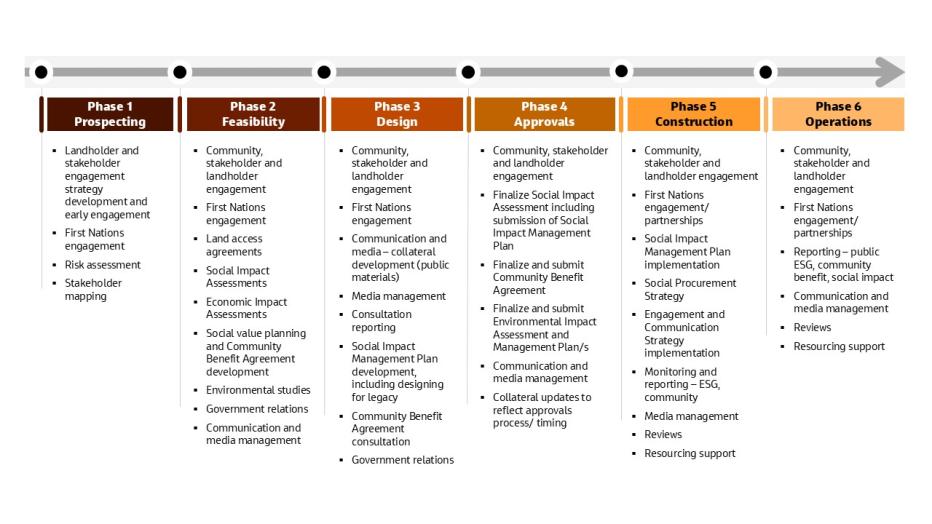
Our social, community, stakeholder and communication services throughout the project lifecycle
Meet the authors
-

Juliet Woodward, Executive Director, Environment and Sustainability
Juliet leads the integration of advisory, planning and design teams across every phase of complex energy project delivery. She is dedicated to helping clients in the energy sector implement innovative, end-to-end solutions that benefit the broader community, providing high-quality advisory services that emphasize speed to completion and ensures project risks are effectively managed and outcomes are optimized.
-

Cassandra Buckley, Principal, Stakeholder Engagement and Communications
Cassandra is a communications and engagement specialist with over 20 years’ experience driving positive community outcomes for renewables, transport, infrastructure and land development projects. She helps clients navigate shifting policies and rising community expectations to build social license. IAP2-certified, she excels at collaborating across disciplines and stakeholders, including First Nations communities, to protect and showcase cultural values.
-

Neal Charlton, Senior Associate, Environmental Planning
Neal helps clients navigate regulation complexity and the environmental impact and development assessment process. With over 20 years' experience and an excellent understanding of Queensland’s planning and environmental legislation, he works with clients to develop approval strategies to mitigate risk and manage the environmental impact of major projects for long-term success.
Further reading
Queensland Government | Joint statement: Enhanced regulations, community engagement for renewables projects
Queensland Government | Renewable energy: A community benefit system for Queensland's planning framework
Queensland Government | Renewable energy reforms
Clean Energy Council | Clean Energy Council says passage of Queensland renewable reforms disregards industry feedback
The Energy Charter | Better Practice Social Licence Guideline
First Nations Clean Energy Network | Submission to the State Development, Infrastructure and Works Committee Inquiry - Planning (Social Impact and Community Benefit) and Other Legislation Amendment Bill 2025
Jacobs | Before & Beyond the Build: A blueprint for creating social value through infrastructure investments

